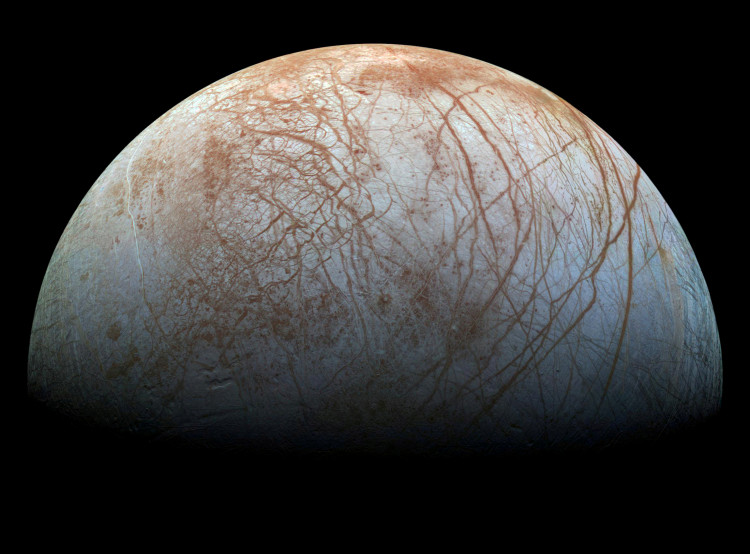An official press release stated that engineers at NASA's Jet Propulsion Laboratory (JPL) are trying to create a swarm of robots that could one day be used to delve beneath the icy surfaces of Jupiter's moon Europa or Saturn's moon Enceladus in search of indications of life on these faraway worlds.
An idea that would send swarms of tiny swimming robots to study waters on planets or moons throughout the solar system has received an additional $600,000 from NASA's Jet Propulsion Laboratory.
The reach of a mission dispatched to investigate the oceans beneath the frozen surfaces of some of our solar system's moons, such as Saturn's Enceladus or Jupiter's Europa, could be increased by a system of dispersed microscopic robots.
Ethan Schaler, a robotics mechanical engineer at NASA's Jet Propulsion Laboratory in Southern California, came up with the idea for "Sensing With Independent Micro-Swimmers," or SWIM. A press release from the Jet Propulsion Laboratory revealed the most recent grant award.
"My idea is, where can we take miniaturized robotics and apply them in interesting new ways for exploring our solar system?," Schaler said in the statement. "With a swarm of small swimming robots, we are able to explore a much larger volume of ocean water and improve our measurements by having multiple robots collecting data in the same area."
Although the idea of sending robots to other planets and moons is not new, the SWIM concept would employ far smaller robots than those normally suggested. The SWIM robots would have a length of only five inches (12 centimeters) and a volume of only three to five inches (60 to 75 millimeters).
Each robot would have a built-in computer, propulsion system, ultrasound communication system, and a variety of sensors to gauge pressure, temperature, acidity, and other parameters. The additional funds JPL provided for the SWIM idea will aid in the development of chemical sensors that may be able to detect biomarkers in the oceans nearby.
Schaler imagines several of them fitting into a single robotic "cryobot" that might break through an ice sheet on a moon or planet to access any waters underneath. The geographic reach of a mission to Europa, Enceladus, or any other body with seas or oceans may be considerably increased by deploying dozens of the tiny robots.
Scientist Samuel Howell of JPL's SWIM team added, "What if, after all those years it took to get into an ocean, you come through the ice shell in the wrong place? What if there are signs of life over there but not where you entered the ocean? By bringing these swarms of robots with us, we'd be able to look 'over there' to explore much more of our environment than a single cryobot would allow."
A dispersed swarm of sensor-equipped robots might also overlap their measurements, minimizing any potential inaccuracies. The ability to recognize gradients or variations in the environment of the swimmers is also improved with more data points.




